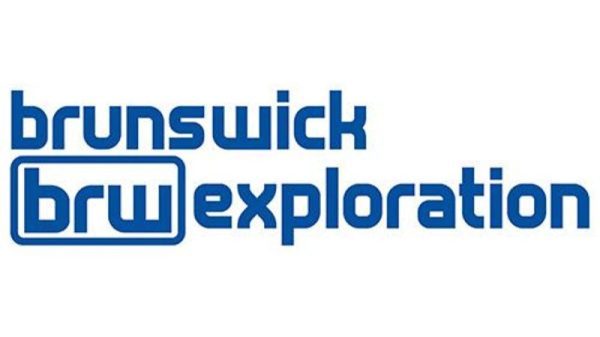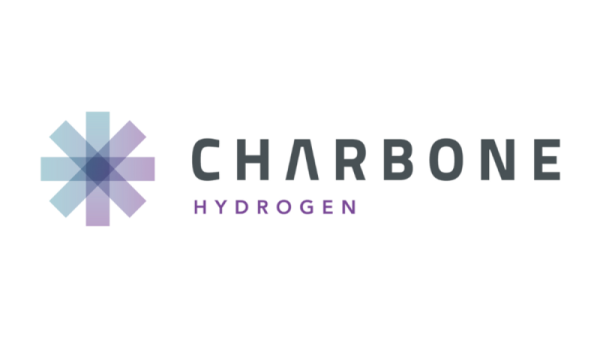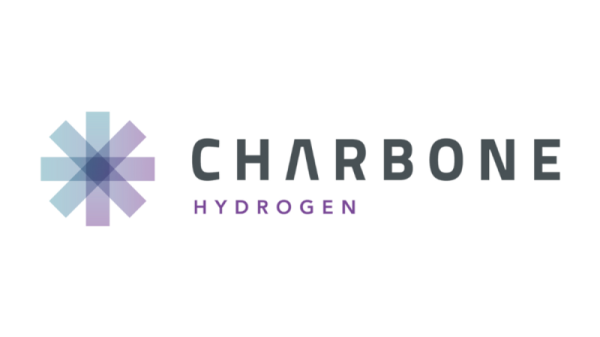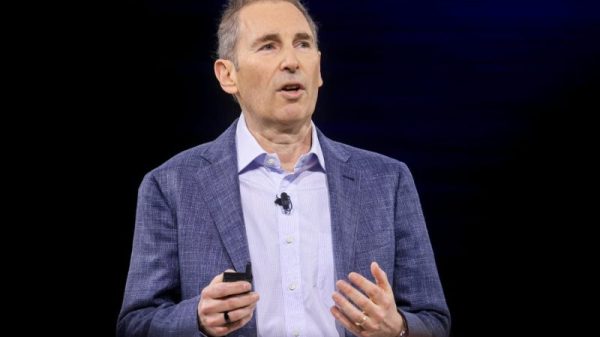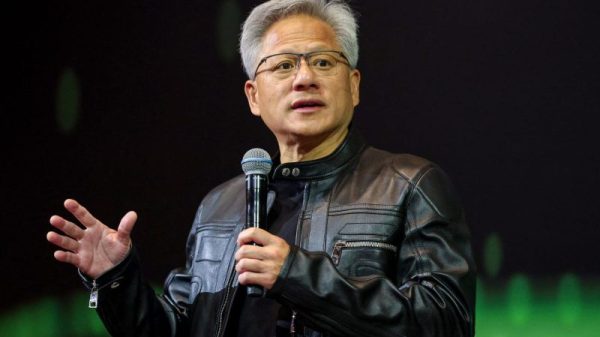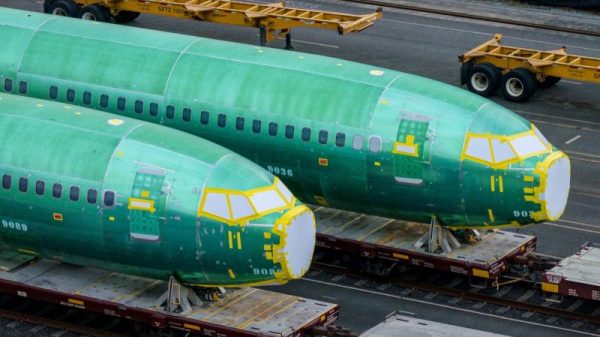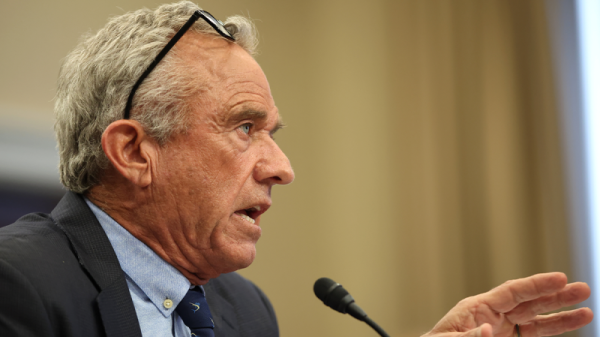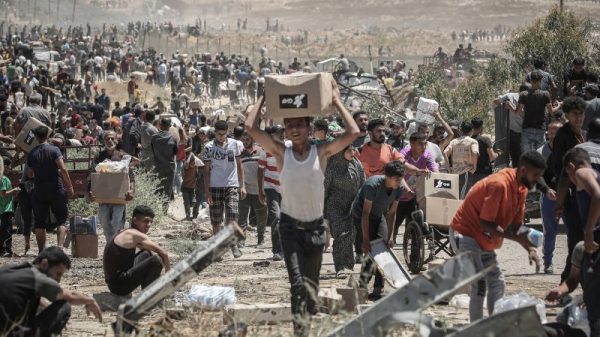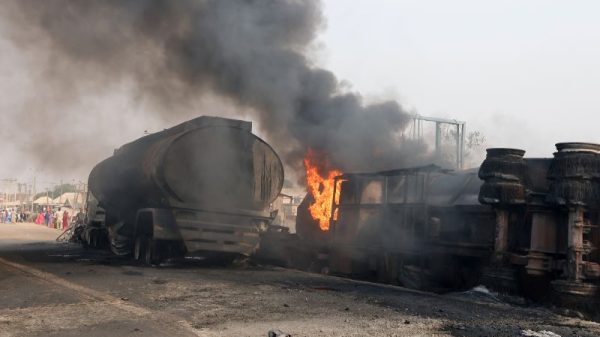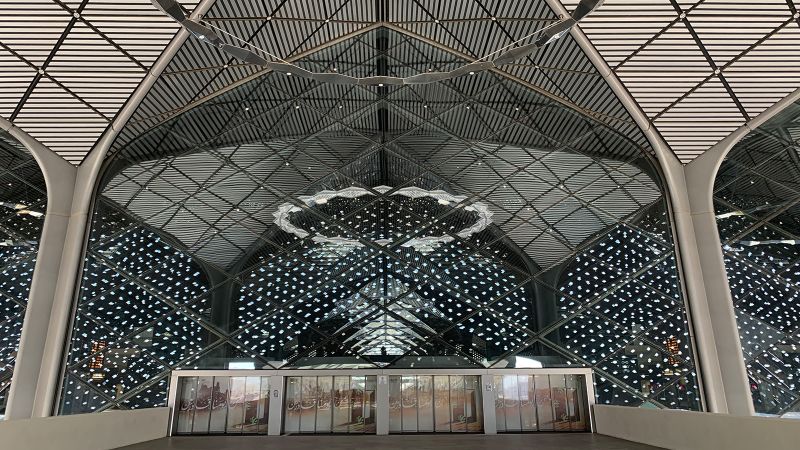In the distant past, Muslim pilgrims came to the holy city of Mecca on foot. Now, though, they can come via high-speed train.
About 50 times a day these sleek, long-nosed javelins shoot across the baking-hot deserts of Saudi Arabia, reaching speeds of up to 300 kph (186 mph) carrying pilgrims and other passengers.
The trains, among the world’s top 10 fastest, are just the beginning of a rail network expected to expand right across the Middle Eastern kingdom as it invests billions in infrastructure to boost tourism and diversify revenues beyond oil.
From Jeddah, the country’s second largest city, religious pilgrims and leisure travelers alike can now transfer from the arrivals terminal of King Abdulaziz International Airport to a gleaming station where electric express trains hurtle out across the country.
With the 2023 hajj period taking place between June 26 and July 1, the country has added extra trains to handle the large number of travelers coming to take part in the religious event.
According to Tawfiq Al Rabiah, Minister of Hajj in Saudi Arabia, “over two million pilgrims from over 160 countries will come together” this year.
“With a well-connected road and train network, shuttle bus services, and integrated infrastructure, pilgrims are guaranteed a seamless travel experience, regardless of their language or unique needs,” Al Rabiah said in a media release.
Getting on board
Although only Muslims can visit Mecca, all travelers can enjoy these new Haramain high-speed trains on a 450 kilometer (280 mile) line that stretches out along a section of Saudi’s Red Sea coastline.
Haramain means “two sanctuaries” in Arabic, named for the holy cities of Mecca and Medina that sit on the line’s opposite ends. Opened in 2018, it also connects Jeddah’s airport, Jeddah Al-Sulimaniyah (near the city center) and King Abdullah Economic City.
So what’s it like to ride?
On a typical weekday in early 2023, an economy ticket between Jeddah Al-Suleimanyah and the King Abdullah Economic City (KAEC, pronounced like “kaish”) cost 57.50 Saudi riyals, (about $15.30), while a business class seat was 97.75 riyals (about $26).
The app accepts Apple Pay and other digital wallet options.
Choosing specific seats is a snap. The app shows the layout of train cars so passengers can choose a window or aisle seat and decide on whether or not they want to face the direction of travel. When booking for groups or families, the app will automatically select seats next to each other if they’re available.
Station to station
The stations along the route are efficient, modern, and comfortable. They’re also beautiful. Both Jeddah and KAEC stations – which are nearly identical – are said to be inspired by diamonds. Designed by UK architects Foster + Partners, they have sharp, crisp angles, sleek black walls, and small starlike carvings in the ceiling that allow different variations of light to filter in throughout the day.
These hubs don’t have the busy, lived-in feel of a commuter rail station like New York City’s Grand Central or Paris’ Gare du Nord.
The stations are stunning, but they’re also, for the most part, empty.
There aren’t many amenities in the stations, and travelers tend to show up shortly before their scheduled trains rather than spend time milling around.
KAEC has a Dunkin’ Donuts and not much else. Al-Sulimaniyah in Jeddah is busier, with a few tea and coffee shops (including a Starbucks) and a grocery store.
While the stations may be gorgeous but a bit lonesome, the train experience is buoyant and alive.
The pilgrimage track
It takes just 32 minutes to travel from Jeddah to KAEC – a distance of 111 kilometers (69 miles).
On a pre-Ramadan Thursday journey at around 2 p.m., business class was fairly quiet, while the economy class cars were full, mostly with passengers en route to Mecca for umrah.
Unlike its better known counterpart the hajj, umrah is an optional pilgrimage for Muslims who want to visit the holy city and the Kaaba, the most sacred site in Islam. While the hajj is considered a religious duty for Muslims to be undertaken at specific times of the year, umrah can be done at any time and isn’t considered an obligation.
It is easy to tell which passengers were heading to Mecca for this exact purpose: Men and boys undertaking umrah wear two unstitched white toweling garments, and many shave their heads when they complete the trip. Women can also wear similar white garments, although it’s not required for them to do so.
The car was packed with multi-generational families, who were occupied with entertaining small children and listening to Arabic-language pop music. The atmosphere was celebratory and spirited.
Umrah has become big business for the railway. According to the Saudi Gazette, demand has been so high for train tickets for religious pilgrims that HHR will run more than 100 train trips per day during the month of Ramadan, which runs between mid March and mid April in 2023 – many more than usual.
Though more sparsely populated, business class offered more perks.
Even on a short journey like the one from Jeddah to KAEC, business class passengers are entitled to a full meal service. This consists of hummus, a few rounds of pita bread, a chocolate chip muffin, a fruit cup, a croissant, and a choice between apple juice and water. It is served by a uniformed attendant out of an airplane-style beverage cart.
There are also small seat-back TVs with limited viewing options – on this trip: Paw Patrol, Formula E racing or an Islamic sermon.
Especially on short journeys, simply taking in the dusty view outside your window is a much better alternative.
Still, this isn’t a slow, daydreamy ramble through remote regions. You’ll mostly see Jeddah exurbs, not a wide-open desert landscape, and the nearby Red Sea is just tantalizingly out of view.
Announcements on board are made in Arabic and English, and all signage is in both languages as well. Once travelers walk to the train platforms, uniformed attendants will help them find their boarding zone, carry luggage and help with wheelchairs and strollers.
In economy class, seats are in a two-by-two configuration. Half the seats face forward and half backward, with small tables where the center rows meet to face each other. Meanwhile in business class, the seats are arranged with two on one side of the aisle and single seats along the other.
In both service classes, seats have armrests and seat-back tables, and there are spaces for luggage storage at either end of the cars. The seats and other interiors are mostly in shades of tan, light gold, and white, all the better for offsetting the desert landscape outside.
Seamless is a good word to sum up the HHR train experience. The train is quiet and the ride smooth – no abrupt turns or sudden jolts.
Steering into the future
Although passengers can’t see the train’s driver, it is a possibility that their train may have a woman at the helm.
In January 2023, the first class of 32 women graduated from a one-year training program at the Saudi Railway Polytechnic, qualifying them with licenses to conduct high-speed trains on the Haramain network.
By contrast: in 2018, when the rail line first opened, women in the kingdom had just begun to drive cars.
When it comes to high-speed railway, it seems as though the Haramain line is only the beginning in Saudi Arabia. There are also enhancements to existing lines in the country’s northwest, with more high speed services planned.
In January 2022, Saudi Arabia’s Investment Minister Khalid al-Falih announced plans to build 8,000 kilometers (4,970 miles) of rail across the entire country.
Riyadh to Jeddah via bullet train? It could happen.

